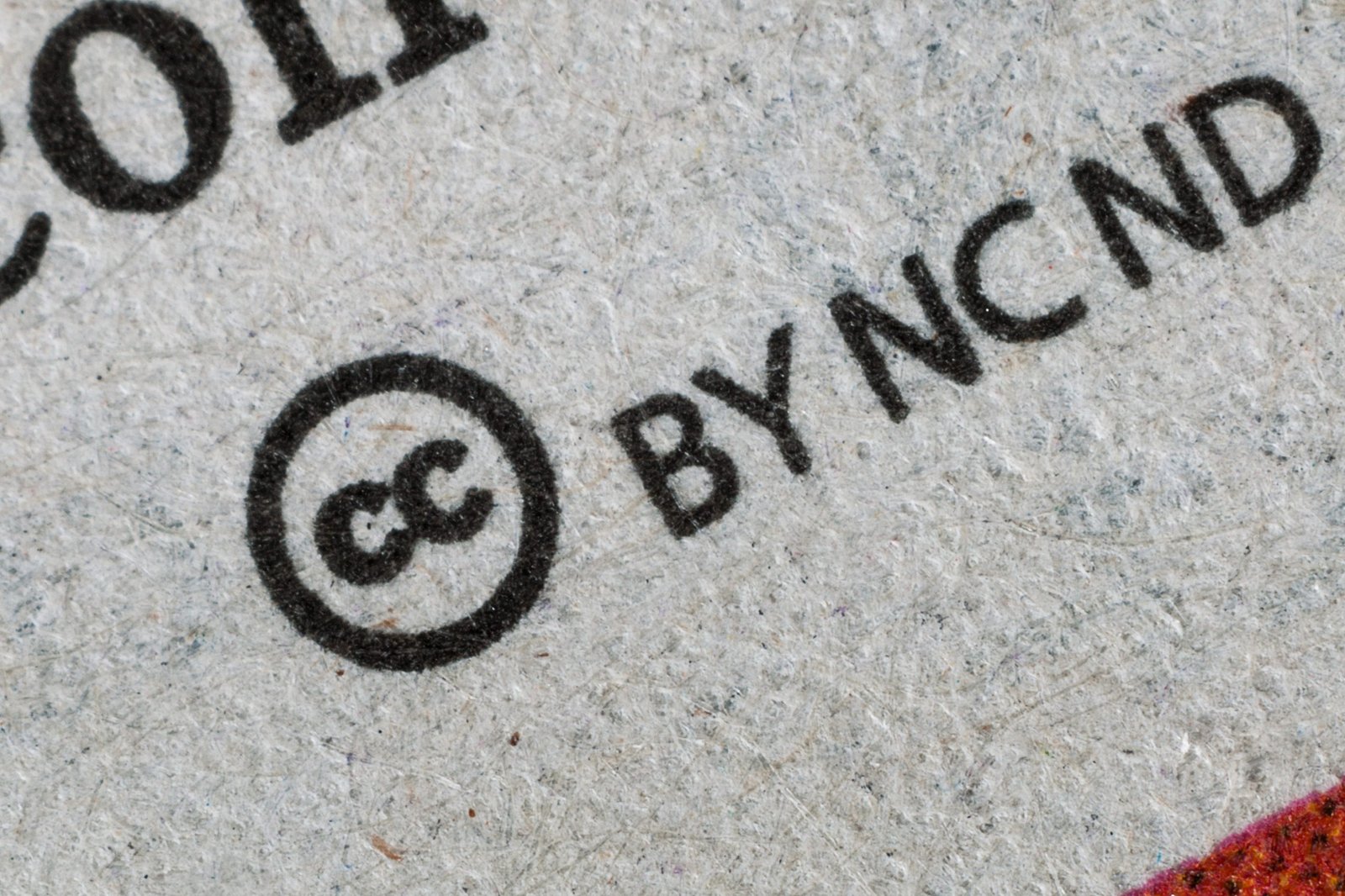When you create content for your business and post it online, you want to make sure that it is protected.
If someone else steals and republishes it as their own, they could potentially steal all of the traffic from your site. This article will provide some tips on how to protect your content from copyright infringement so that when people share it with others, they know where the original is coming from.
Create an online content protection plan
To protect your website, blog, and social media accounts from being hacked or copied without permission, one of the primary things that you can do is to create an online content protection plan. This will not only help you to protect your work, but it is also a good idea for keeping hackers and plagiarists away from all of the social media accounts that are connected with your business or website. In this case, you can even add a watermark to all of your works to ensure that your content won’t be owned by others. This can be attributed to the fact that a watermark can make it possible for you to track the source of any content.
Make sure that the industry-standard watermark
You should also make sure that whatever kind of watermark that you use is the industry standard. This means that it is in a place where others are not likely to remove it when they rip your content. For instance, if you were to put the copyright symbol on every image or piece of text, people might be able to get around this by blocking out just one character so that no copyright symbol was visible. A watermark is typically best when it’s put on the bottom of each image so that others cannot crop around it, or you can choose to use a logo mark where your website name and URL are placed somewhere in the background of all images.
Use relevant services
You can also use relevant services such as the DMCA Defender to file takedown notices and counter-notices because these can help you to protect your content from copyright infringement. This is a good way for keeping plagiarists and hackers away because they will know that if they publish or share any of your works without permission, legal action can be taken against them. In this case, you will need to make sure that you are the original owner of your works and also keep records for any claims or counterclaims.

Protecting content with an online backup service
Another good way for protecting your content is to back it up online. Several different services will allow you to do this so that if your website gets hacked or destroyed, all of the content can easily be restored and put back where it was before the issue occurred. This way, you won’t have to worry about losing everything since it has been saved elsewhere so you can continue to monitor the content and make sure that it is safe.
Keep track of all posts
It is also important that you keep track of all posts because this can help ensure that if someone copies them, they won’t be able to get away with it. This can be done by using a WordPress plugin such as NinjaFirewall, which will help you to monitor all of the posts that are being made from your site. You can also use this same type of service for monitoring social media accounts and protecting them from copyright infringement as well. When you leverage these tools, you can better protect your content from copyright infringement by making sure that it stays yours.
Be vigilant about protecting yourself against scams
Always research new opportunities carefully before investing money or time into anything. Scams are everywhere online, and there is no shortage of people trying to take advantage of others. This means that if you are not vigilant about protecting yourself against scams, someone might try to copy your work or claim it as their own. In this case, they will be able to benefit from the traffic that is being sent to them by people who have read your content and think that it was made by another person.
What you can do is to be updated about any scams that are going on in your industry. This way, you will be able to stop them from affecting you and protect yourself against copyright infringement whenever possible. Hence, exert the effort to research and read about these kinds of scams so that you can be more informed.
Create a legal disclaimer
A final tip for protecting your content from copyright infringement is to create a legal disclaimer so that everyone who reads or views your works knows exactly where they came from. This will allow you to keep track of any plagiarism which could be happening, or it will let you know if any content is being copied without permission. When creating a disclaimer, make sure that your wording makes it clear to others where the works are coming from so they cannot claim ignorance about this fact.
On the other hand, make sure that you have the right permissions to use any copyrighted material on your site, including images, text, or anything else that you might want to use. If not, this can lead to copyright infringement issues which could result in your site being taken down and having legal action taken against it. As much as possible, always protect yourself and your content from copyright infringement to avoid any problems or issues occurring.
If you have a website, blog, or social media account that is being copied without your permission or hacked by someone who has stolen content from you, the DMCA Defender service can help. You can also have an online protection plan that includes monitoring any incoming emails with attachments as well as scanning all outgoing messages automatically so that no one else’s work gets used on your site. In addition to this, all the tips listed above are proven to help get you started in protecting your content against copyright infringement.






